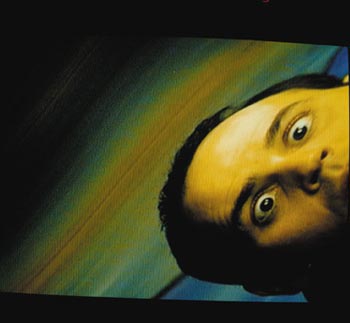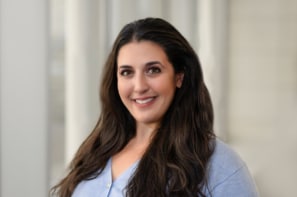If 2001 was a space odyssey, how would you describe 2002? For the physics community it has certainly been the strangest and most disturbing year for quite some time, and the bizarre story of the Bogdanov brothers is a fittingly surreal way for 2002 to end.
The year has been dominated by the story of scientific misconduct at Bell Labs in the US (see Physics World November pp6-7 and pp17-18). Last month Jan Hendrik Schön and co-authors retracted eight papers reporting high-profile research results on the electronic properties of organic materials, and more papers are sure to be withdrawn. The retractions followed the publication of a report by a panel that Bell Labs had established to investigate the affair. The panel found Schön guilty on 16 out of 24 charges of misconduct and he was promptly fired by the company. All of his co-authors were cleared but serious questions were raised about their responsibilities.
The panel’s report is probably the most fascinating document published in physics this year, and its findings are starting to filter through to the physics community. The American Physical Society, for instance, has just released a set of statements on professional conduct including guidelines on the responsibilities of co-authors and collaborators and policies for handling allegations of research misconduct (www.aps.org). Schön was not the only physicist to be fired for misconduct this year: in June, Victor Ninov was dismissed by the Lawrence Berkeley National Laboratory after a committee found that he had fabricated data concerning the discovery of what would have been the heaviest element ever (element 118).
Compared with these two episodes, the Bogdanov affair is fairly harmless. The University of Bourgogne might want to look more closely at its processes for awarding PhDs and referees might need to be more rigorous on occasion, but there is no evidence that anyone has radically changed the direction of their research to follow the Bogdanovs. Indeed, some good might come out of the affair as more outré theories become subject to reality checks more often.
But there were plenty of physics highlights in 2002 as well the production of large numbers of cold antihydrogen atoms and the first measurements of the polarization of the cosmic microwave background were the results of heroic experimental efforts. Optical physics firmly entered the attosecond regime, quantum cryptography moved ever closer to real-world applications, and research on degenerate quantum gases continued to move forward at a rapid pace with both bosons and fermions. Researchers in Australia managed to beat the second law of thermodynamics for short times at least and physicists in Grenoble observed bound quantum states for neutrons moving in a gravitational potential.
Meanwhile, as X-ray astronomers revelled in the floods of data from Chandra and XMM-Newton and a Nobel prize for Riccardo Giacconi other “new windows” opened on the universe. Gamma-ray astronomers can look forward to data from the Integral satellite and the HESS array in Africa, and there was significant progress in large facilities dedicated to neutrino and gravitational-wave astronomy. Of course, the capabilities of optical and infrared telescopes also continued to improve. The strangest event in astronomy was the decision to name the next-generation space telescope which is due to replace the Hubble telescope in 2010 the James Webb Space Telescope in recognition of a previous NASA administrator.
Finally, female physicists from around the world met in Paris in March for the first international conference on women in physics. Reports from the meeting are now being followed up by action plans and concrete targets. The Institute of Physics, for instance, has set the ambitious target that women should account for 40% of physics undergraduates and new university appointments in the UK by 2015. Strange as such a world would seem compared with today’s male-dominated physics community, it would certainly be an achievement worth celebrating.




